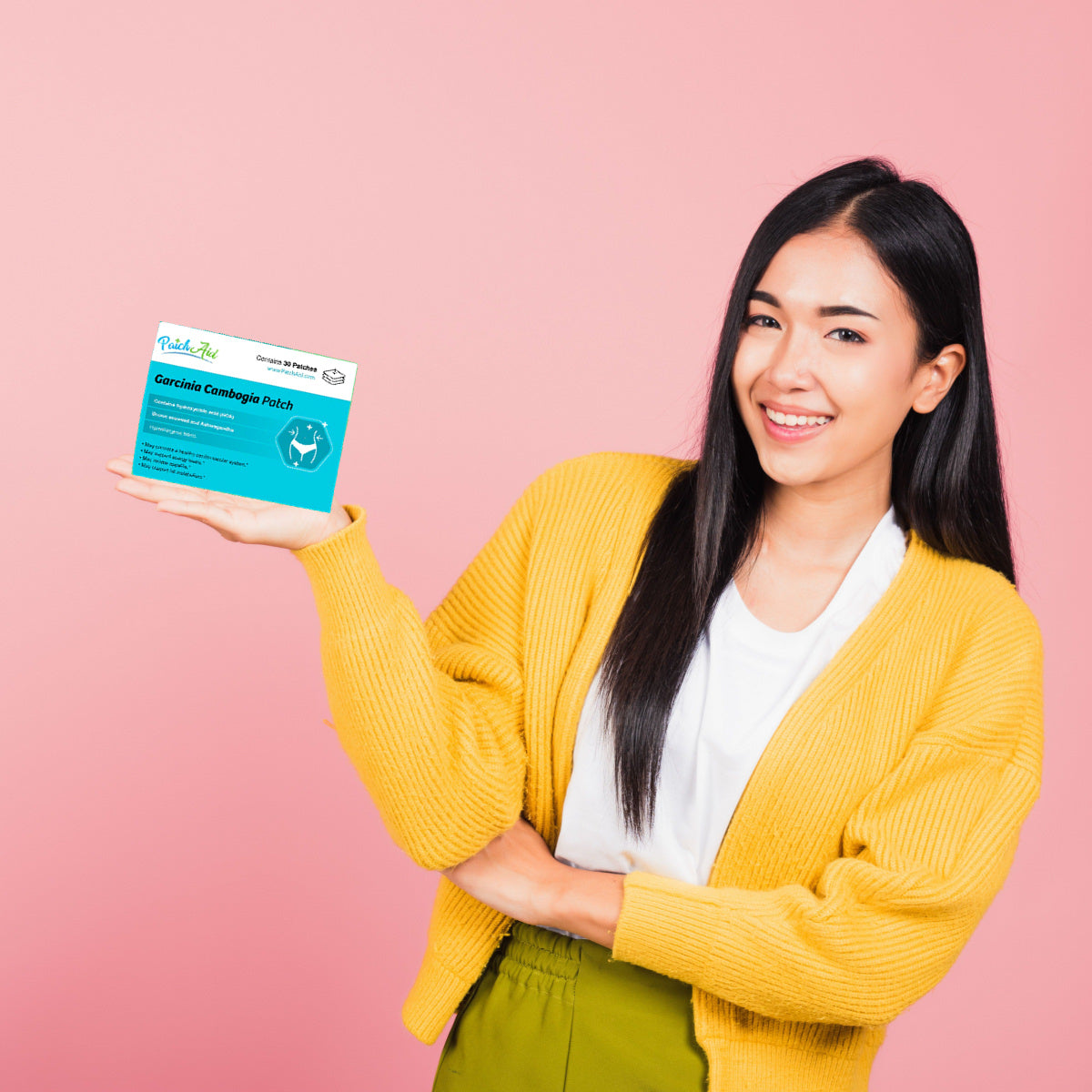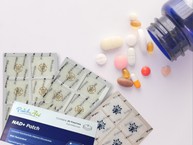Vitamin patches are all the rage now. It sometimes seems as though topical patches as an alternative to oral supplements, such as capsules and tablets, are a new technology, but that’s only part of the story. In reality, people have used topical treatments for thousands of years.
What has changed, though, is the specific use and ingredients, as well as the technology they use to hold and deliver active ingredients. PatchAid Vitamin Patches, for example, have a high-tech matrix system to handle active ingredients. By using patches instead of taking medications or supplements orally, you can avoid possible issues related to digestion and absorption.
Topical Treatments in Ancient Times
From ancient times, humans have recognized the skin as the largest organ in the body, and an organ with great potential as a target for health treatments. Ancient Egyptians used vegetable oils and animal fats on the skin, and used lead-based treatments as a means of protecting the eyes. There are even records of topical treatments for reducing pain from parasites.
Familiar and Accepted Topical Medications
A variety of topical remedies became well-known and widely accepted in the twentieth century. These are some examples.
- Scopolamine patch for treating symptoms of motion sickness
- Estrogen patches for hormone replacement therapy during menopause
- Birth control patches, or contraceptive patches
- Testosterone patches to treat hypogonadism
- Nicotine patches to help people quit smoking by replacing nicotine and reducing withdrawal symptoms without deliver the carcinogenic compounds in tobacco products
Even if you are not familiar with these types of medications, you may be familiar with ointments and lotions for softening skin and making it appear more youthful or healthier.
Vitamin patches have been around for a while, too. Bariatric surgery patients and other groups of people who may need nutrients but cannot swallow or tolerate, or do not want to use, oral supplements have used vitamin patches.
How Topical Patches Work
Topical patches contain active ingredients, such as vitamins, minerals, herbal ingredients, or medications. Topical patches deliver their active ingredients transdermally, or through the skin and into the bloodstream. That means that the active ingredients do not need to be digested, as is the case with oral supplements, such as pills or liquids. They can enter the bloodstream faster than ingredients that are digested.
New Technology in PatchAid Vitamin Patches
More modern patches are adhesive patches that contain the active ingredient or ingredients in a matrix. PatchAid Vitamin Patches, for example, are applied to the skin using a sticky side, and the nutrients and herbal ingredients are suspended in a matrix. They are activated by heat from the skin. Some patches have a system to control the rate of delivery.
Safety Precautions and Ease of Use of PatchAid Vitamin Patches
PatchAid Vitamin Patches are hypoallergenic and are free from latex, soy, and gluten. They are designed to be safe when using multiple patches at once, as long as your healthcare provider agrees. With a long history of use, topical patches can be worth trying. You may like them far better than alternatives!
*The Food and Drug Administration has not evaluated these statements. PatchAid products are not intended to diagnose, treat, cure or prevent any disease. Anyone with a medical condition should seek the advice of a licensed medical practitioner. Individual results may vary.







